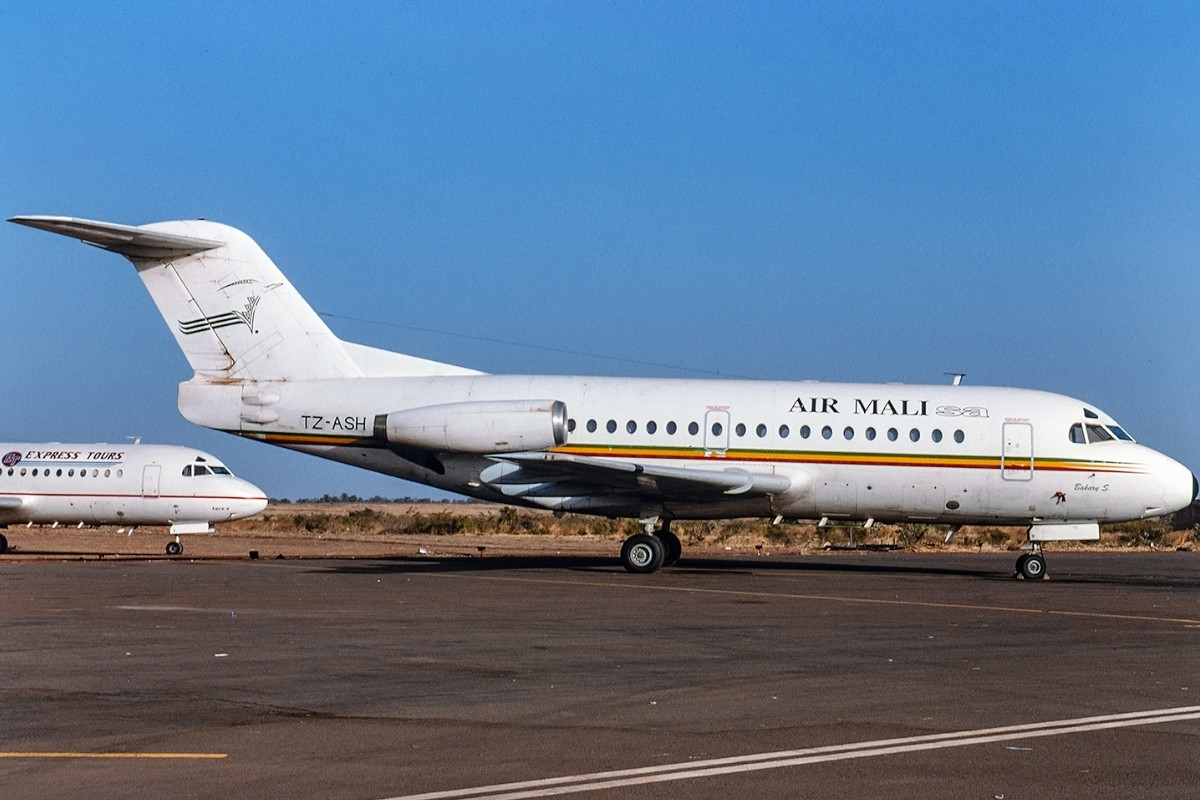
Air Mali, once known as Compagnie Aérienne du Mali, played a significant role in West African aviation. Founded in 2005, this airline connected Mali to various destinations across Africa and Europe. Despite its promising start, financial struggles led to its suspension in 2012. Did you know that Air Mali's fleet included aircraft like the Boeing 737 and Bombardier CRJ-200? The airline's main hub was Bamako-Sénou International Airport, which served as a gateway to Mali's rich culture and history. Curious about more intriguing facts about Air Mali? Buckle up as we take off on a journey through its history, fleet, and unique contributions to aviation.
The Origins of Air Mali
Air Mali, also known as Compagnie Aérienne du Mali, has a rich history that dates back several decades. Let's dive into some fascinating facts about this airline.
- Air Mali was established in 1960, shortly after Mali gained independence from France.
- The airline was initially a joint venture between the Malian government and Air France.
- Its first flight took off on October 1, 1960, marking the beginning of its operations.
- The airline's headquarters were located in Bamako, the capital city of Mali.
- Air Mali's original fleet consisted of Douglas DC-3 aircraft, a popular model at the time.
Expansion and Fleet
As Air Mali grew, it expanded its fleet and routes to better serve its passengers. Here are some key points about its growth.
- By the late 1960s, Air Mali had added Fokker F27 aircraft to its fleet.
- The airline expanded its routes to include destinations in West Africa, Europe, and the Middle East.
- In the 1970s, Air Mali introduced the Boeing 737 to its fleet, modernizing its operations.
- The airline also operated the Soviet-built Ilyushin Il-18, a four-engine turboprop airliner.
- At its peak, Air Mali served over 20 destinations across three continents.
Challenges and Changes
Like many airlines, Air Mali faced its share of challenges. These hurdles led to significant changes in its operations.
- The airline experienced financial difficulties in the 1980s, leading to a reduction in its fleet and routes.
- In 1985, Air Mali ceased operations due to mounting debts and operational challenges.
- The Malian government attempted to revive the airline in the 1990s, but efforts were unsuccessful.
- In 2005, a new airline, also named Air Mali, was established as a private venture.
- This new Air Mali operated under the brand name "Air Mali SA" to distinguish it from the original state-owned airline.
Modern Era and Rebranding
The new Air Mali aimed to build on the legacy of its predecessor while adapting to modern aviation standards.
- Air Mali SA began operations in 2009, with its inaugural flight taking off on April 15.
- The airline's fleet included modern aircraft such as the McDonnell Douglas MD-83 and the Bombardier CRJ-200.
- Air Mali SA focused on regional routes within West Africa, connecting cities like Bamako, Dakar, and Abidjan.
- The airline also offered charter services for special events and private groups.
- In 2012, Air Mali SA rebranded itself as "Air Mali International" to emphasize its broader reach.
The End of an Era
Despite its efforts to modernize and expand, Air Mali faced insurmountable challenges that led to its eventual closure.
- Political instability in Mali during the early 2010s severely impacted the airline's operations.
- Rising fuel costs and competition from other regional carriers added to the financial strain.
- In December 2012, Air Mali International suspended all flights due to security concerns and financial difficulties.
- The airline officially ceased operations in 2013, marking the end of its journey.
- Air Mali's closure left a gap in the Malian aviation market, which other airlines have since attempted to fill.
Legacy and Impact
Although Air Mali is no longer in operation, its legacy continues to influence the aviation industry in Mali and beyond.
- Air Mali played a crucial role in connecting Mali to the rest of the world during its years of operation.
- The airline provided employment opportunities for thousands of Malians, contributing to the local economy.
- Air Mali's history is a testament to the challenges and opportunities faced by airlines in developing countries.
- The airline's story has been documented in various books and articles, preserving its legacy for future generations.
- Former employees of Air Mali have gone on to work for other airlines, bringing their expertise to the broader aviation industry.
- The lessons learned from Air Mali's successes and failures continue to inform the strategies of new airlines in the region.
Final Thoughts on Air Mali
Air Mali's history is a fascinating blend of ambition, challenges, and resilience. From its inception in 1960 to its struggles and eventual suspension in 2012, the airline's journey reflects the broader story of aviation in Africa. Despite facing numerous obstacles, including financial difficulties and political instability, Air Mali played a crucial role in connecting Mali to the rest of the world. Its fleet, which included aircraft like the Boeing 737 and the McDonnell Douglas MD-83, served as a testament to its commitment to providing reliable air travel. Though the airline is no longer operational, its legacy lives on in the memories of those who flew with it and in the annals of African aviation history. Understanding Air Mali's story offers valuable insights into the complexities and potential of the aviation industry in developing countries.
Was this page helpful?
Our commitment to delivering trustworthy and engaging content is at the heart of what we do. Each fact on our site is contributed by real users like you, bringing a wealth of diverse insights and information. To ensure the highest standards of accuracy and reliability, our dedicated editors meticulously review each submission. This process guarantees that the facts we share are not only fascinating but also credible. Trust in our commitment to quality and authenticity as you explore and learn with us.
